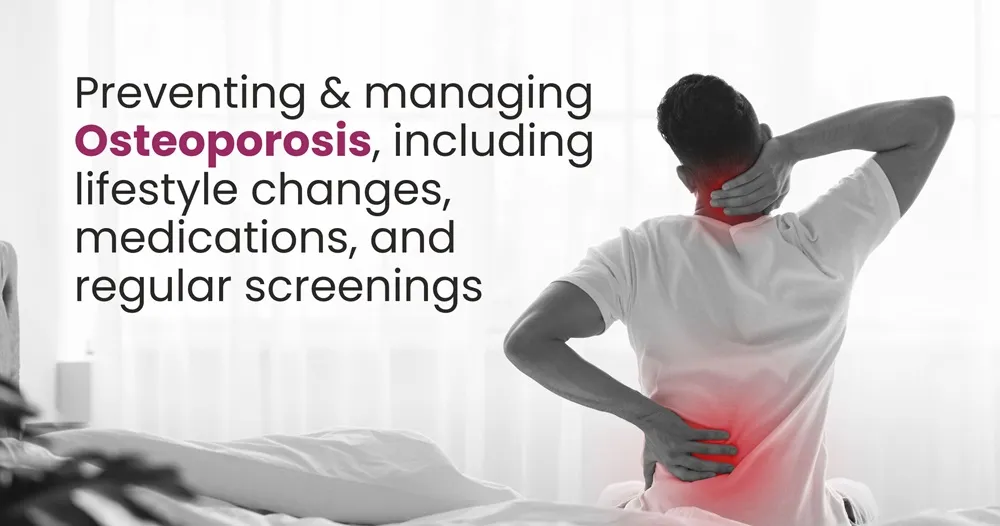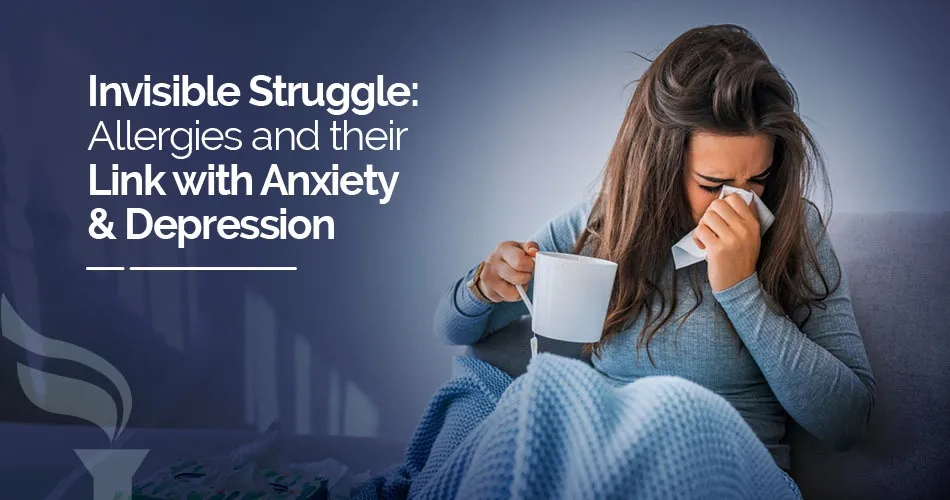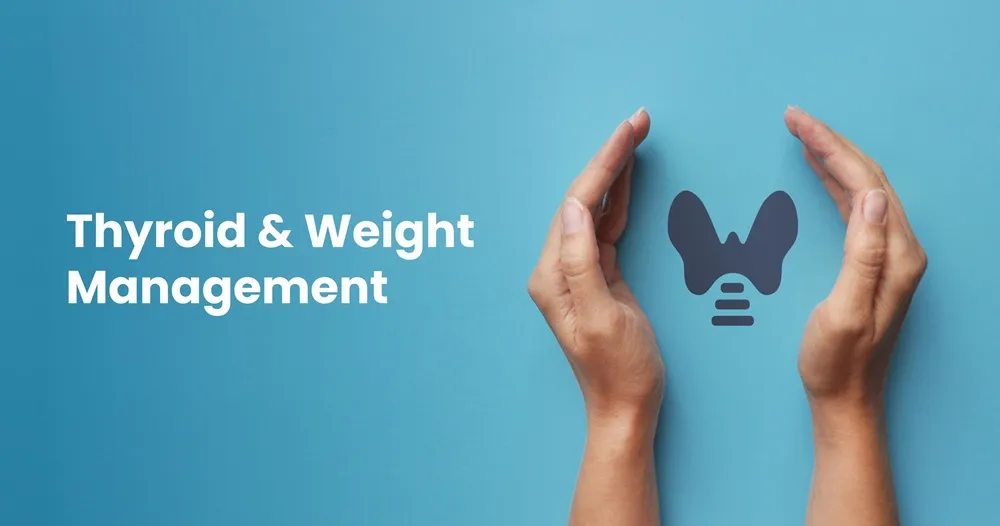Osteoporosis Prevention and Management: Including Lifestyle Changes, Medications, And Routine Screenings
Oct 28, 2023

Strong bones are necessary for proper movement and the protection of internal organs. Bone density and mass can decrease with age. Bones can become weak, brittle, and fragile due to osteoporosis, a medical condition linked to decreased bone density that makes bones more prone to injuries.
Fortunately, screening and preventive methods that can support maintaining or enhancing your bone density are present. Also, certain medications can slow further bone loss or increase bone density if you have already received an osteoporosis diagnosis. Let's learn more about preventing and managing osteoporosis.
Understanding Bone Health and Causes of Osteoporosis
Calcium and proteins constitute the living tissue that makes up bone. Healthy bone undergoes continuous remodeling, meaning that small amounts are constantly absorbed by your body and replaced.
The density or mass of the bone becomes lower if more bone calcium is absorbed than is replaced. The risk of bone breaking rises as the bone becomes progressively weaker. Such weakening of bones results in osteoporosis, which means "porous bone." A loss of bone mass and mineral density characterize bone disorder osteoporosis.
Experts say thirty percent of postmenopausal women have osteoporosis, and around sixty-one million people in India have osteoporosis, of which eighty-one percent are women. While some bone mass loss with aging is normal, other factors can increase bone loss, resulting in osteoporosis.
Risk Factors Of Osteoporosis
Doctors have identified several osteoporosis risk factors. Others cannot be avoided, while some can be changed. The following are osteoporosis risk factors that cannot be changed:
- Gender
Women have a higher risk of developing osteoporosis because they have less bone tissue and lose bone faster than men because of the hormonal changes that happen with menopause.
- Age
Your chance of developing osteoporosis increases with age. As you get older, your bones weaken and thin.
- Body Weight
Osteoporosis risk is higher for women with low BMI. Compared to most other modifiable risk factors, the change in risk caused by a 1 unit change in BMI (roughly 5-8 lb) is greater.
- A Family History
Hereditary factors may contribute to the risk of fracture. The likelihood of fractures is increased in people whose parents have a history of fractures and in people who appear to have less bone mass.
- Drugs/Medications
Consumption of a few drugs, such as Corticosteroids, like prednisone and cortisone, may also elevate your risk of osteoporosis. Moreover, medications used for managing seizures, gastric reflux, cancer, and transplant rejection can also interfere with bone-building process.
Preventing Osteoporosis - Regular Health Screenings and Tests
Doctors prefer screening tools to identify osteoporosis. Serum calcium, 25-hydroxyvitamin D, a complete blood count, and 24-hour urinary calcium excretion are part of routine laboratory tests for the evaluation of osteoporosis.
A bone density scan, also known as a Dual X-ray Absorptiometry scan (DEXA scan), identifies bone thinning and is the most widely used test to screen osteoporosis. Other tests include X-rays to check for fractures, lab tests to measure vitamin D and calcium levels, and ultrasound scans to examine particular areas of the bone.
Dual-energy X-ray absorptiometry (DEXA) is the most widely used test to determine bone mineral density. It is a quick, painless, and non-invasive test. DEXA scans your body with a low-level X-ray machine while lying on a soft table. It provides a T-score which doctors utilize to determine your bone strength and categorize osteoporosis:
a quick, painless, and non-invasive test. DEXA scans your body with a low-level X-ray machine while lying on a soft table. It provides a T-score which doctors utilize to determine your bone strength and categorize osteoporosis:
- Normal: A T-score of -1 or higher.
- Low bone mass: A T-score between -1 and -2 points indicates osteopenia or low bone mass.
- Osteoporosis: T-scores of -2 indicate osteoporosis.
- Severe Osteoporosis: A T-score of -2 or lower and one or more fractures from weakened bones are signs of severe osteoporosis.
Managing Osteoporosis: Tips to Transform Your Lifestyle
To make your bones strong, there are necessary steps you can take at any age. Below are some tips to change your lifestyle and make it much more aligned to make your bones stronger and your life healthier:
- Consume food that helps bones stay healthy.
Get daily servings of vitamin D, protein, and calcium. Calcium-rich foods include low-fat dairy, leafy green vegetables, fish, fortified juices, milk, and grains. Consult your doctor about taking a supplement if your vitamin D level is low.
- Remain Active
Select weight-bearing exercises like strength training, dancing, hiking, walking, and jogging. Your bones can grow and become stronger with the help of this kind of exercise.
- Reduce intake of caffeine and stop smoking.
A weakened bone condition is increased by smoking. If you smoke, avoiding triggers, delaying tobacco cravings, and engaging in physical activity will help you get rid of this habit. Alcohol abuse can also damage your bones.
- Avoid Falls and Fractures
Avoiding falls can lower the chance of breaking or fracturing bones altogether. Incomplete healing after a bone break can cause additional pain in osteoporosis patients.
- Medications
Medications can also help improve bone density or slow down bone loss. The first choice for treating osteoporosis is typically bisphosphonates. One of these is the weekly pill Alendronate (Fosamax). However, consulting with a doctor is essential before taking any medication, as the doctor will provide personalized treatment depending on your symptoms and what your body requires.
When To See A Doctor?
The CDC advises women 50 to 64 with specific risk factors to get screened for osteoporosis. However, women 65 years of age and older should also get screened. Scheduling routine checkups is one of the best ways to prevent and manage osteoporosis, as the condition frequently goes undiagnosed until it has advanced to the point of causing fractures. Here are some signs that indicate an immediate checkup with a doctor:
- Ache in the back
- Diminution in height
- A bad posture
- Bone fractures are brought on by minor falls, such as bending, lifting, or coughing.
Summing Up!
Timely diagnosis and management strategies can help people with osteoporosis to prevent the situation from escalating into the worst. Scheduling a routine checkup once or twice a year is best as you'll know more about your body's needs and change the lifestyle routine to fulfill the requirements.
With Apollo Diagnostics, start moving towards the direction of healthier bones. Your bone health is important, and we provide all the bone health tests, even an entire package, to ensure you get all the test facilities from the comfort of your home. Visit the website today and book your test at nominal rates. You can even visit your nearest Apollo Diagnostic Center for a checkup!
Frequently Asked Questions
1. What should I expect while having osteoporosis?
It is rare that osteoporosis can be fully treated, so you have to manage osteoporosis for the majority of your life, just like diabetes. Bone density tests and routine doctor's appointments are required. Your doctor will keep track of any changes in your bone density and modify your treatments as necessary.
2. How long do people with osteoporosis typically live?
Osteoporosis won't impact your life expectancy because it is not fatal. Nevertheless, it may increase your risk of suffering a bone fracture.
3. How can I look after myself if I have osteoporosis?
You can maintain your bone (and overall) health by adhering to a diet and exercise regimen that is healthy for you. You can visit the doctor with your bone-related test reports, and the doctor will create a management strategy to keep your bones healthy.
Related Blog Post
Blog Categories
- Child Health
- Mens Health
- Women's Health
- Mental Health
- Health Myths & Facts
- Fitness
- Nutrition/Recipes
- Remedies
- Weight Management
- Stress Management
- Health Supplements
- Addiction Management
- Disease Management
- Allergy
- Anemia
- Arthritis
- Asthma
- Autoimmune Diseases
- Blood Pressure
- Cancer
- Deficiencies
- Dengue/Malaria/Chikungunya
- Diabetes
- Eye Problems
- Heart Diseases
- Hepatitis
- HIV/AIDS/STD
- Hormonal Imbalance
- Infection/Flu/Viral
- Kidney
- Liver
- Menstrual Problems
- Pregnancy
- Skin & Hair Problems
- Stomach Ailments
- Thyroid
- Others
- Health Checkups
- Diagnostics/Pathology
- Lifestyle & Wellness
- Covid
- Medical Tests
- Cholesterol
- Health Tips
- Parent Care/Old Age
- Lungs
- Food Intolerance








